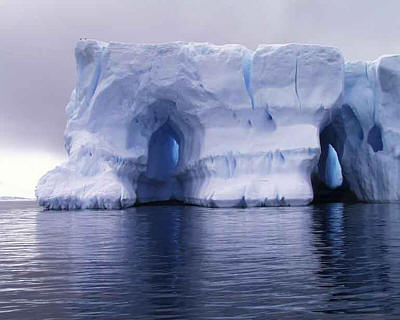Human society can benefit from understanding landforms many times over, from reasons as pragmatic yet vitally necessary as farming in optimal conditions and knowing what crops will grow best in, to avoiding the dangers that they can pose such as the catastrophic collapse of many a glacial lake, to efforts in combating climate change by being proactive and working to reverse damage done instead of a quick fix, to appreciating these areas and their culture.
Understanding brings respect and proper care. Ice, while not the fastest or most common agent of erosion, is indubitably the most powerful out of other major causes such as water and wind. Ice can change the world. It can span continents, raze hillsides to soil and create the most majestic landforms seen anywhere on Earth. It can also change our lives, our ways of thinking, our attitudes and ideas; all of this from just understanding. Ice as an agent of erosion and inspirer of change truly is a force to be reckoned with.







